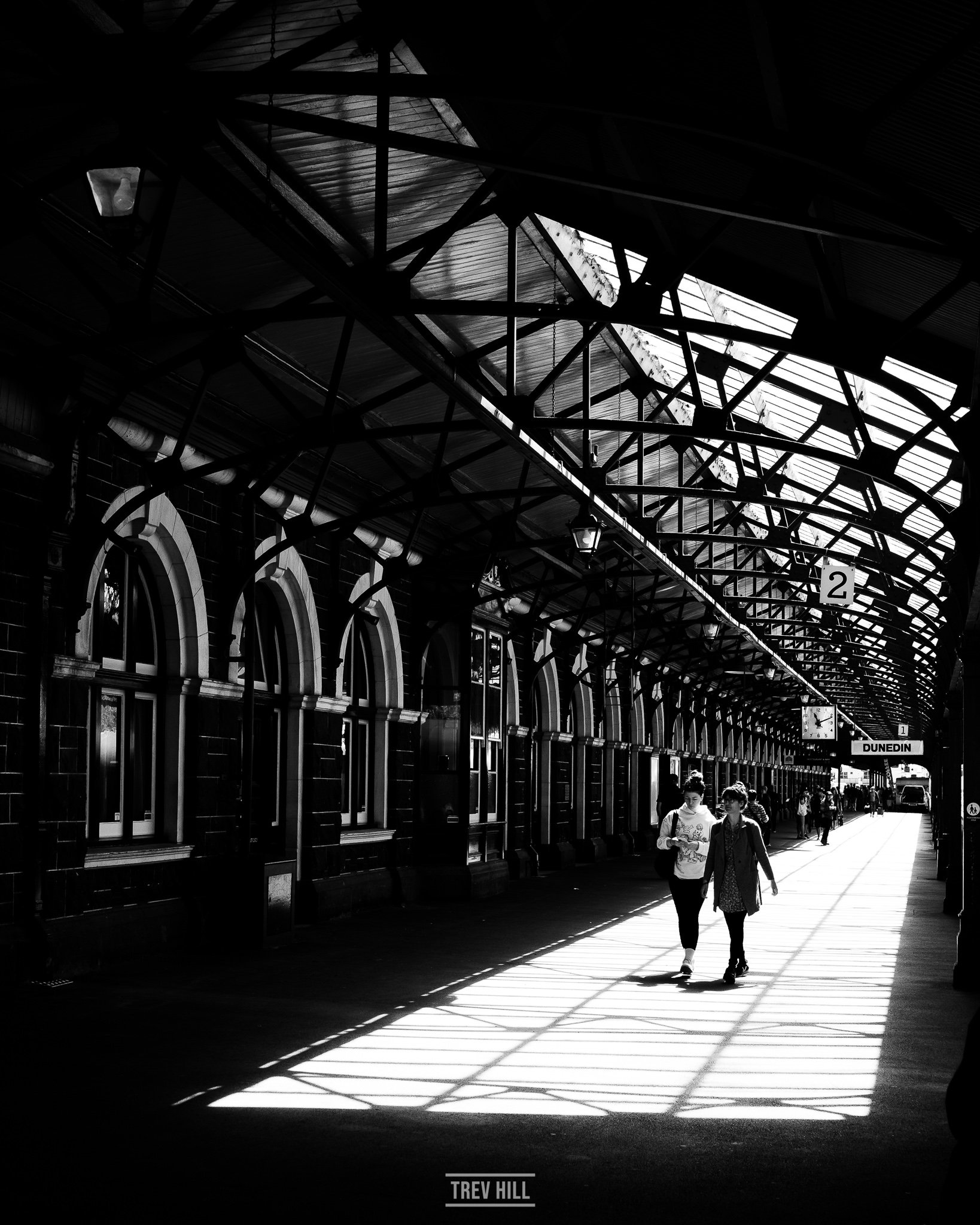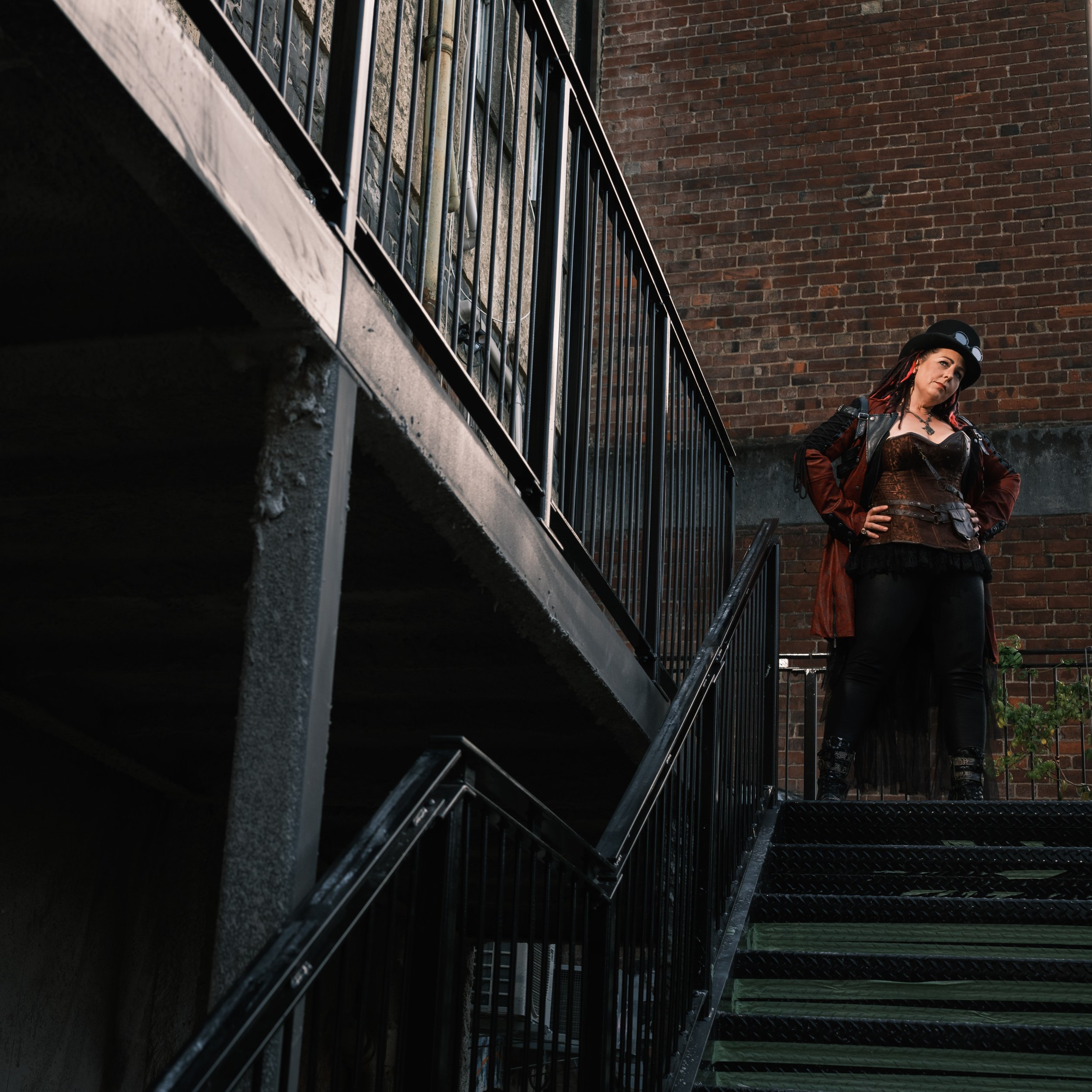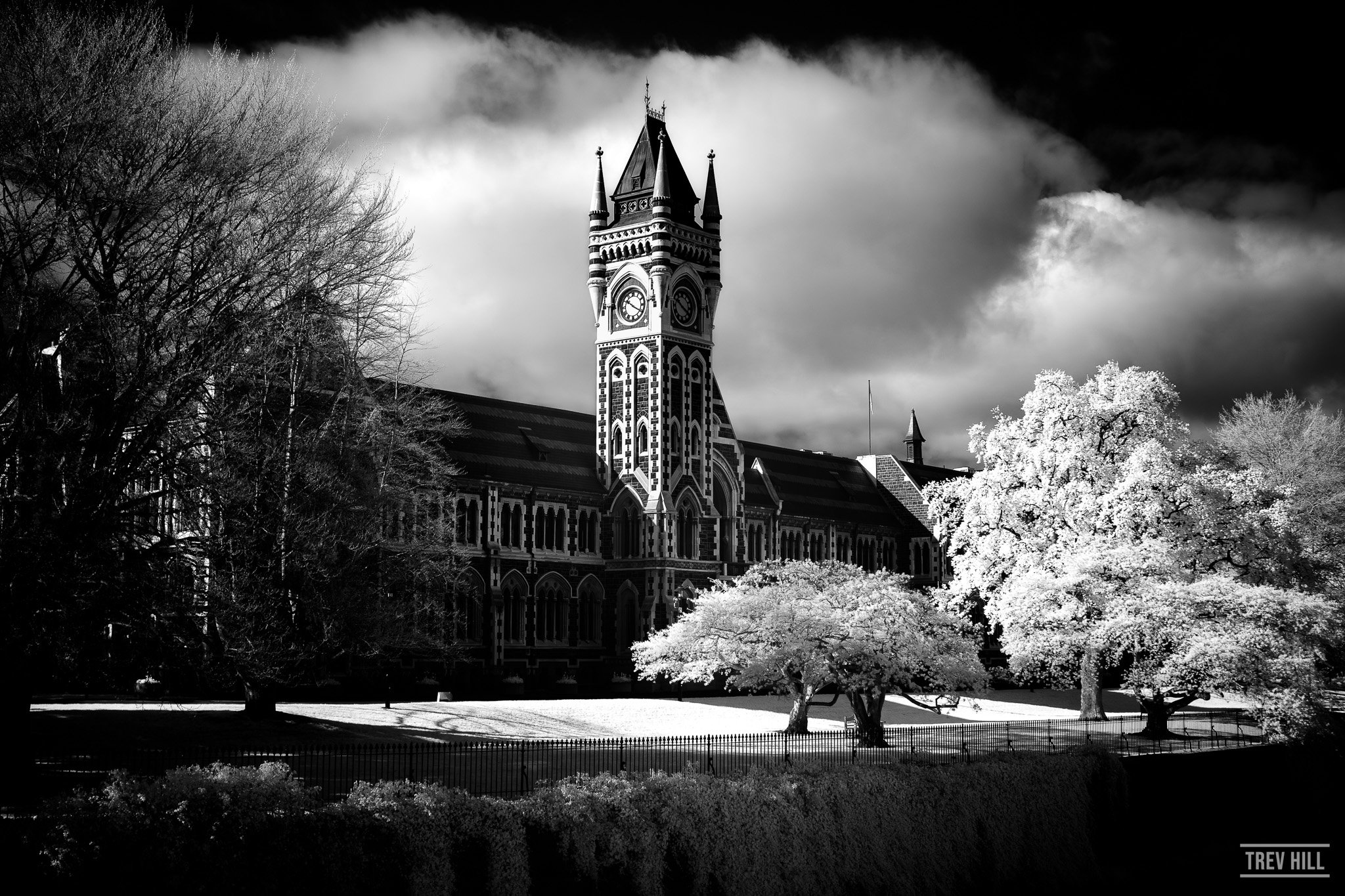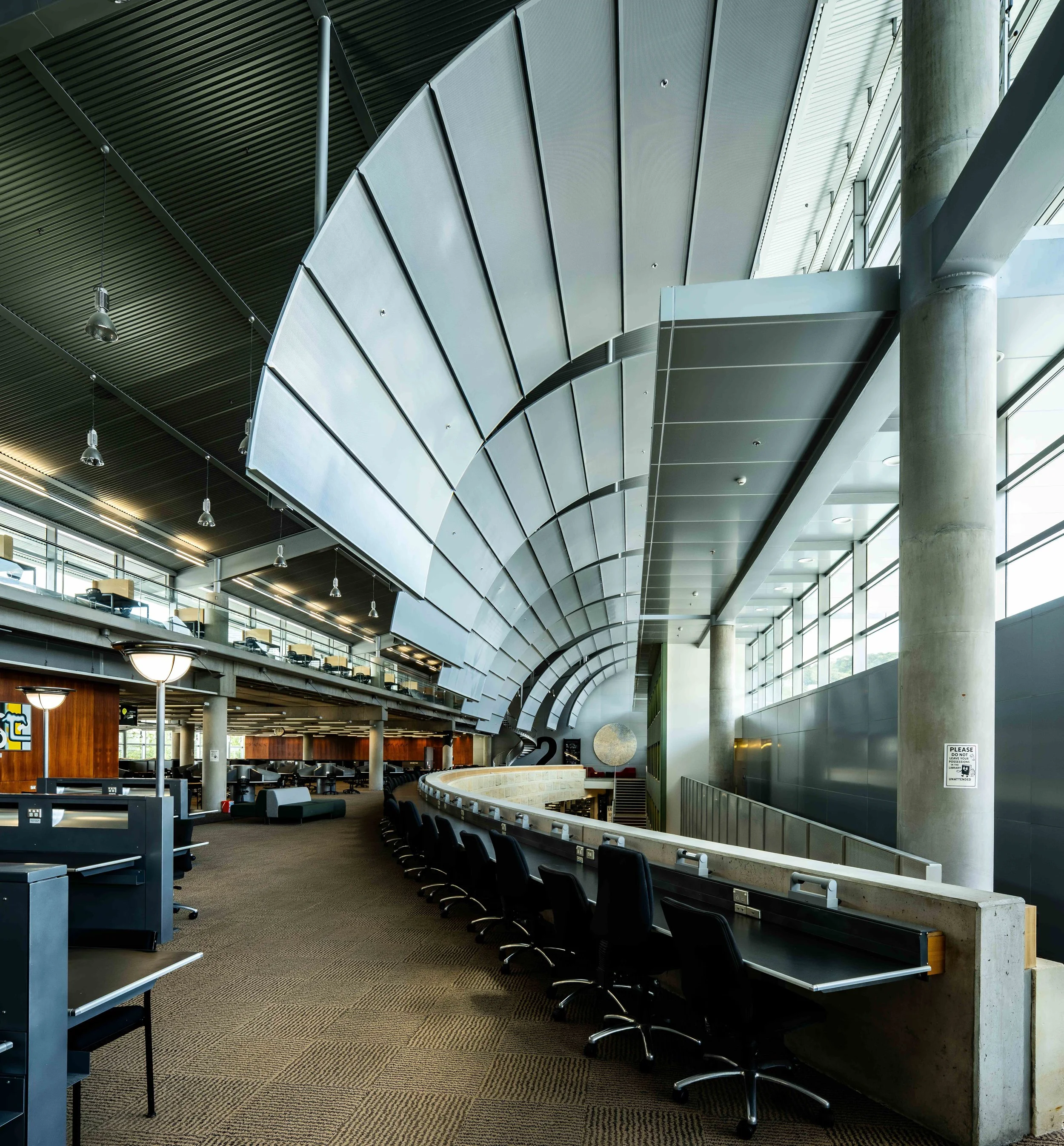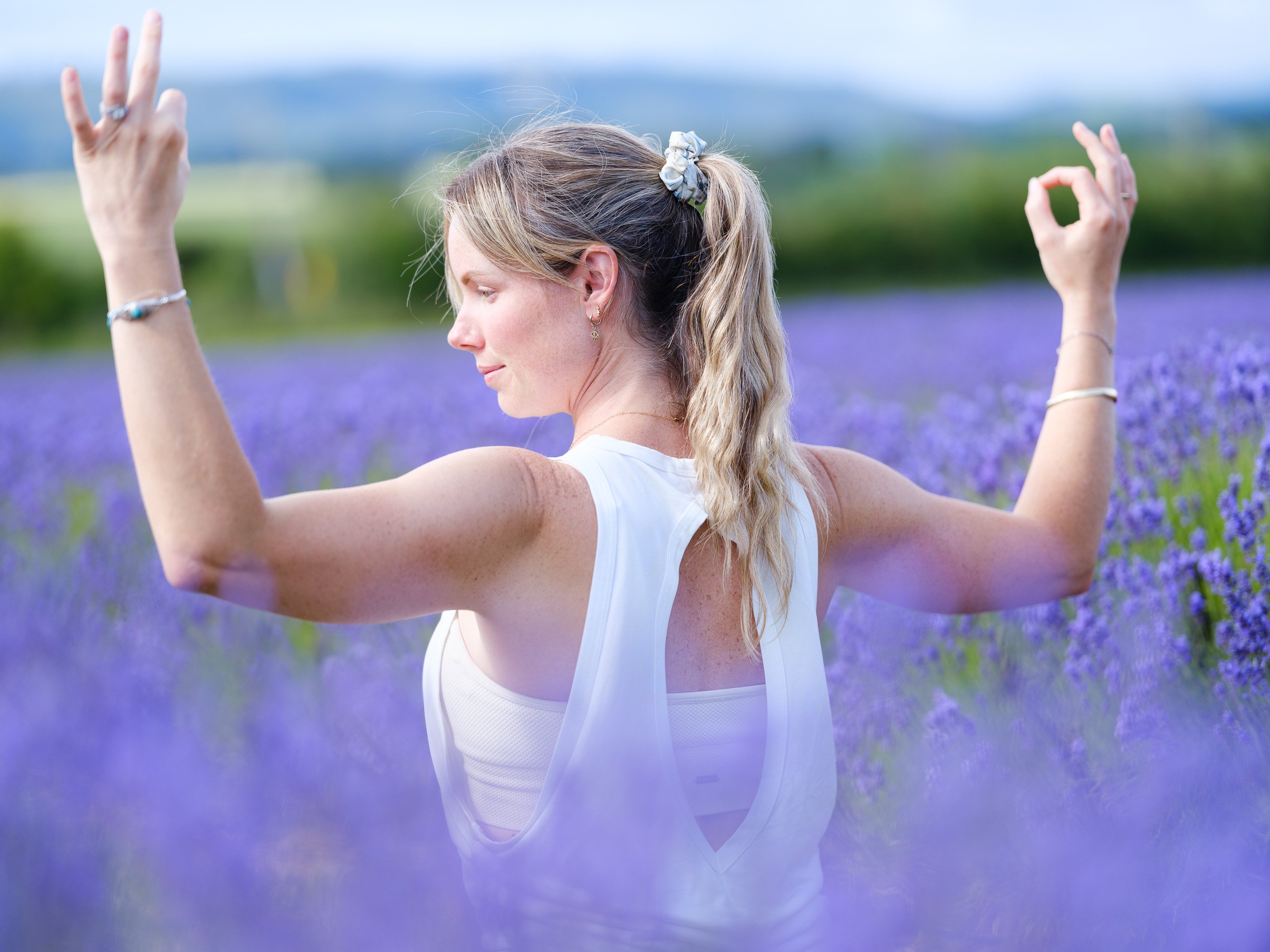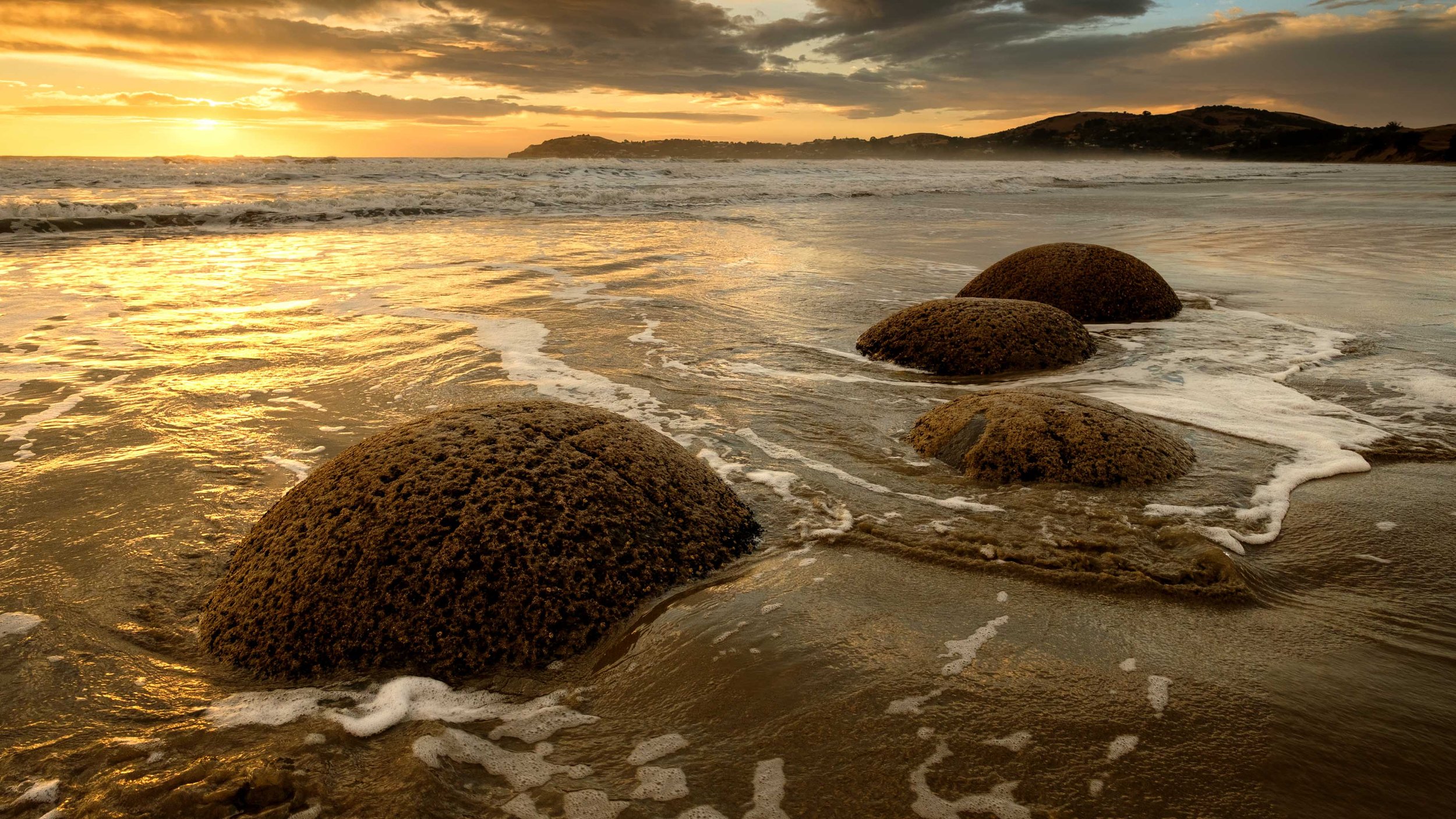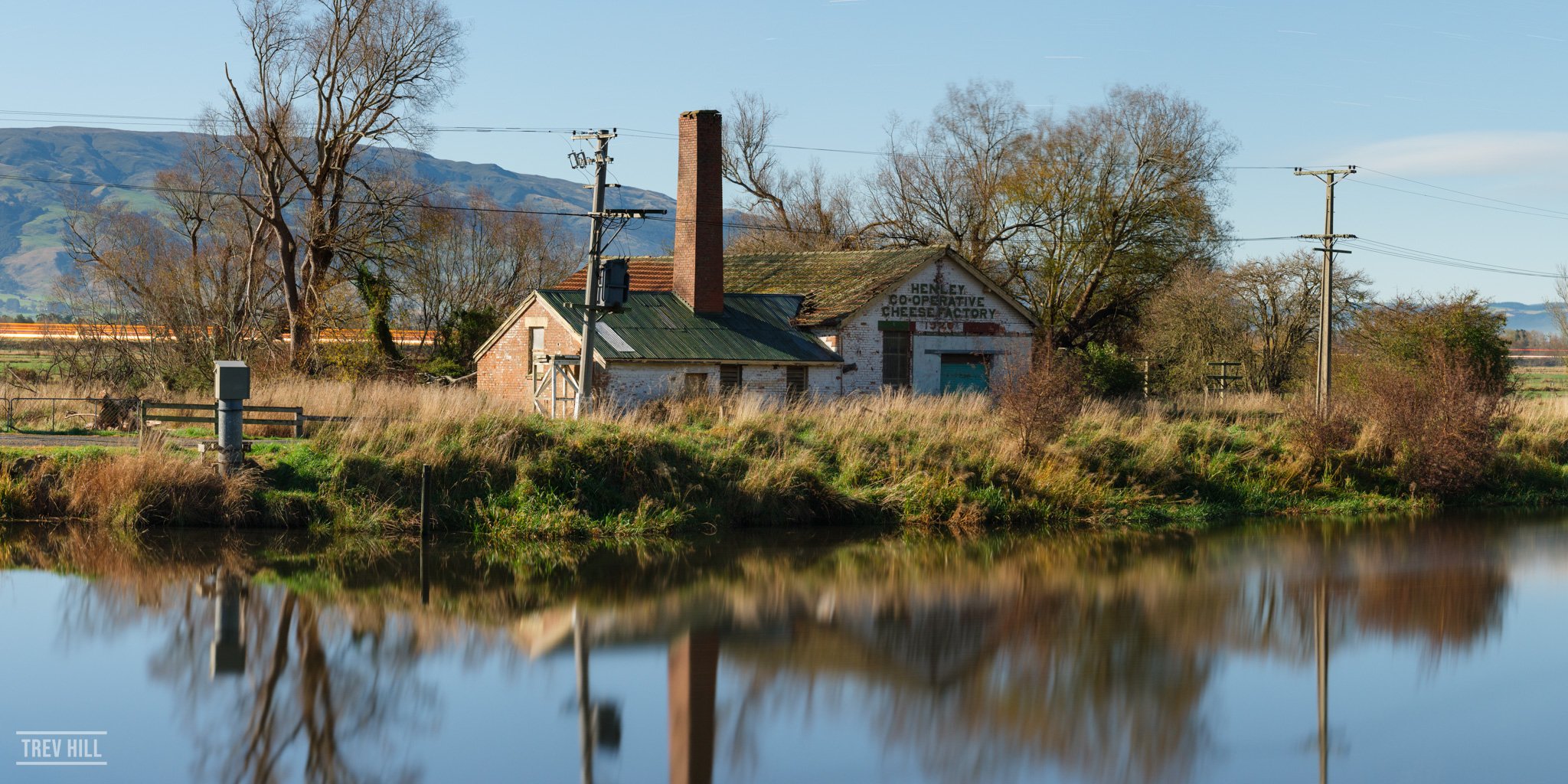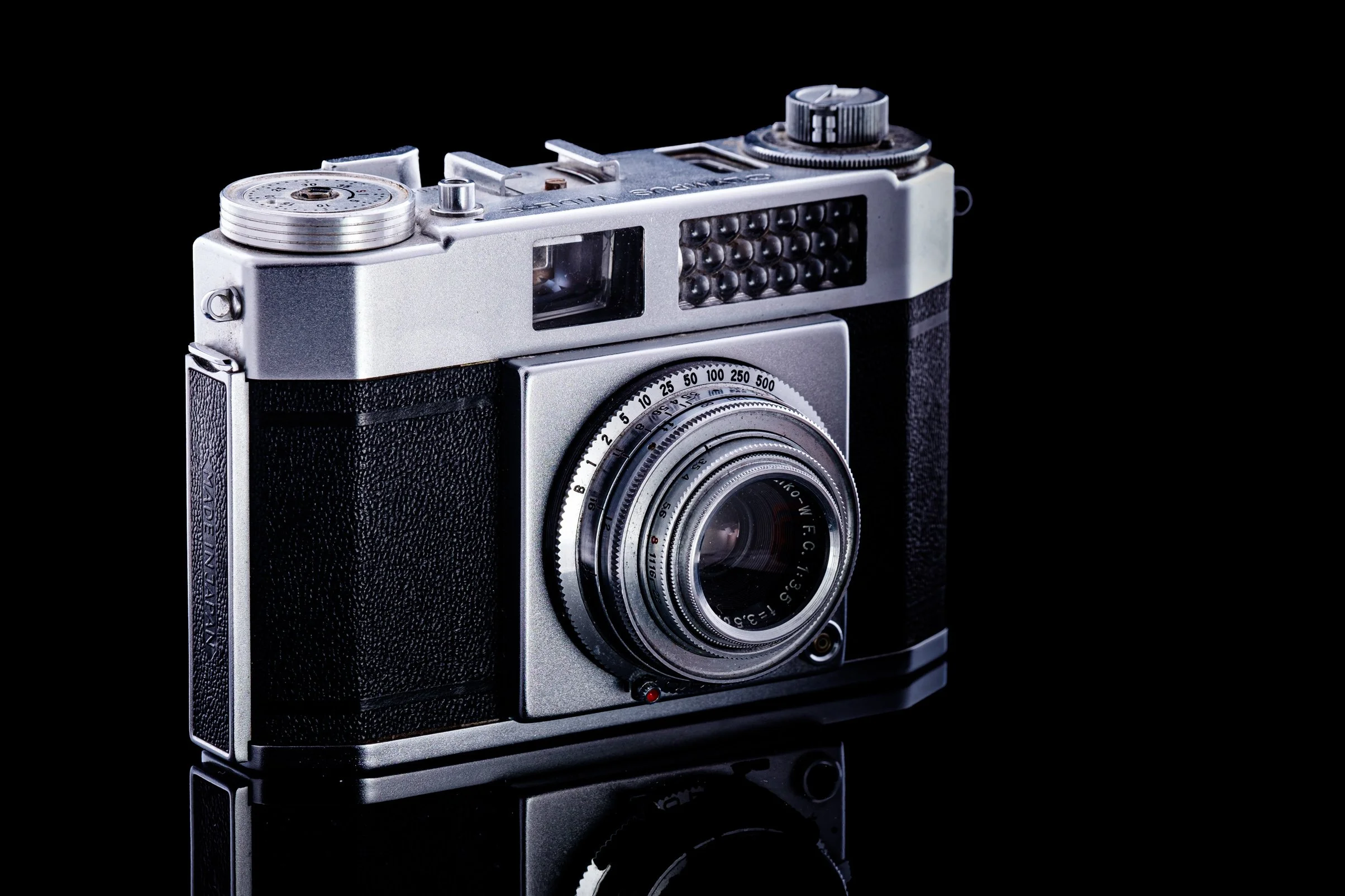Introduction
I have been shooting with Fujifilm gear since November 2012. Since then I have bought various camera bodies, both across the X and GFX series, with a combined total of 10 native Fujifilm lenses.
Never before have I been tempted to try another manufacturers glass.
However, one lens company has in recent times consistently caught my attention. Viltrox were the first to release auto-focus X-series lenses, but, I only really got interested in their products following the release of the 75mm f1.2. That lens has received accolades by many for its overall quality, and while I haven’t purchased or used it as yet, it certainly gave me greater confidence in purchasing their latest lens release, the Viltrox 27mm f1.2
I purchased the Viltrox 27mm f1.2 lens at the same time as the announcement of the Fujifim GF55 f1.7. Both lenses interested me, but ultimately I decided to hold off on the native Fuji GF lens and purchase the Viltrox. The extra light gathering ability and more generous depth of field at wider apertures on an APSC sensor makes for a compelling tool at weddings or events with poor natural lighting.
Buying direct from China
I purchased my copy of the Viltrox 27mm f1.2 via the official Viltrox store. The lens took about a week after purchase to travel from Guangzhou, China to Dunedin, New Zealand. It came via Fedex and in summary was excellent service.
Lens build quality
The lens is solid and has some heft to it. I shoot with GFX as well, so I don’t mind the weight, especially if the glass can give me an edge in low light conditions. The construction uses quality components, I have no complaints on build quality.
First real world use
I received this lens on a Friday, and the next day I took it on a client job to shoot a real estate agent with the vendor and buyer of a church in Central Otago. The church had small windows so there were patches of light I could work with to photograph the 3 people. The 27mm provides a nice normal field of view on APSC sized sensors and the ability to shoot at f1.4 or f1.6 with multiple subjects in the frame all in focus was greatly appreciated. I cannot share any of those images as my agreement negates the ability to publish images from the shoot. What I can say though is the images I took were sharp, even from f1.2. The only minor buzz kill was the prominent vignetting at f1.2 and also the overall less contrasty raw files you get straight out of camera, but, a little work in post, and you can be very happy with the results.
Indoor low light samples
The portrait below is of Sue, an antique shop owner and one of my clients. I just shot the lens wide open using available light, and was able to shoot at 1/125th sec at ISO200. The DOF in this instance gives good context to the subjects environment.
SueTodd, www.suetoddantiques.co.nz
This next two images are of my Dad and Mum, both shot wide open, and they are plenty sharp for my needs. Any vignetting is not really an issue here as it has a nice effect. I am noticing the fall off at f1.2 is quite abrupt, not the same as my GFX50sII files, but this is an unfair comparison.
Street Photography
Below late afternoon sun creates a spotlight in this Lego mural on Willis Street in Wellington. Shot @f2.5. I’d say this lens is a little big for staying discreet on the street.
Willis Street, Wellington.
At f4 this lens is super sharp, and I’m loving what is coming out of the camera. Below is a pic taken at f4 of the Fortune Favours bar and brewery.
More Low light photography
The next image was taken in the early evening at a Wellington restaurant called Olive. I shot it wide open at f1.2 and there is enough DOF for both my friends Mel and Jason to be in focus, that’s a real bonus for a mid-waist type image. You can see I could fit 4 people in this frame, great news for low light group shots.
I support a local charity called K9 Medical Detection (K9MD) by volunteering my photography services. K9MD is training dogs to accurately detect various forms of cancer via smelling urine samples. This year we had a big Zonta fashion show charity fundraiser, I wasn’t working, but, you guessed it, another chance to see how the Viltrox performed. For a wide establishing shot, giving context to the environment the lens worked well. Other than that, this scenario required at least a 70-200mm.
Jonathan Usher, local magician and all round top man entertaining the crowd.
Dress up party with the Adams Family shot at f2
This next image of my yoga instructor shows how quickly the fall off is at f1.2
Krisit from Bend Yoga in Dunedin. Shot @f1.4
Dunedin Wharf @f2.5
Dunedin Railway Station @f 4.5
I shot the following 3 car cruise images @ f1.2. and used Classic Chrome for creating a more nostalgic vibe to the images. One point I will make is the warmer cast the lens creates on images and something to be aware of when using both native Fuji glass and the Viltrox together.
A different car show, but still an easy pic with the Viltrox 27mm F1.2
In the image below I photographed an event at a historic venue in Dunedin. The light was really challenging in the space, but opening up the aperture to f1.2 meant I could take an image at about 1/50th of a second at ISO 200.
Olveston House - 80th birthday celebration.
Another yoga image, plenty of subject separation for my taste at F1.2.
Yoga pose.
Cafe across the road from Otago University. XT5 jpg with chroma colour on strong setting.
Otago University Clock tower, 2 shot panorama @f5, using the XT5.
Steampunk shoot.
Steampunk shoot, I have posted other images from this session on a later blog entry, see below in the menu for the blog entry.
Viltrox 27mm 1.2 @f4 Reala Ace film simulation (lightroom versio)
Can the Viltrox 27mm 1.2 resolve the 40mp sensor of Fuji’s latest line of cameras?
The short answer here is yes, hell yes!
Could the Viltrox 27mm f1.2 lens shoot infrared?
I have jumped down the rabbit hole on infrared photography, so a new prime lens begs to be tested. I converted my Fuji XE1 to infrared and have thrown the lens on for testing. The short answer to the question of ‘can you use the lens for infrared photography?’ is yes, but with caveats. I haven’t done thorough testing but I think the Viltrox lens develops a central hotspot maybe around f3.2. While you think this may make it unusable for landscape type images, I found shooting at f2 worked out nicely if you give yourself enough distance from the main subject and let physics do their job with depth of field as demonstrated below.
Otago University Clock Tower.
In this infrared image below of the Otago University school of business, I again shot at f2, and I’m happy to report I am getting no discernable hotspot from the lens on my IR converted Fuji XE1.
Otago University School of Business.
The image below of the stunning Otago Boys High School was a two shot panorama shot @ f2.5
Otago Boys High School shot at f2.5
A wider view of The Otago University clock tower with the brand new maori carving on display in the foreground. Shot @f2
The Dunedin Railway Station. shot at f2.5
Thoughts after 7 months of use
I am really happy with the Viltrox 27mm F1.2, it is sharp wide open, and can be stopped down to F4 to get stellar results. With such a bright aperture this lens is a great addition for event photography like weddings where light can be at a premium. I have shot 2 weddings with it and the low light gathering of f1.2 was greatly appreciated. The lens is excellent for thigh up shots. The only observation I would note is the warm rendition of the lens. In my opinion Fuji lenses display better colour straight out of the camera, but that comes at a premium. The other point worth noting is this lens is a fair chunk of glass and carries a bit of weight. All in all though it’s worthy of adding to your kit. I love my copy and are interested in seeing what comes next from Viltrox.
What lens should Viltrox put on their roadmap in the future?
I love where Viltrox is going, they have a pro series of lenses delivering great results. For me I’d like to see an f1.2 added for the 18mm focal length, maybe f1.4 if the size was too large. A lens like that would be invaluable in tighter spaces often found at events like weddings, with brides getting ready. I believe a lens around the 50mm mark is coming, and that will be fantastic, so all in all it’s hard to complain about the situation, but 18mm (28mm Full Frame equivalent) would be a winner.
Is China the emerging titan of traditional photography?
I am extremely excited to see the emergence of Chinese companies like Viltrox and Godox (I own a few Godox flash units) make waves in the realm of enthusiast and professional photography equipment. The industry can only benefit from a combination of innovation, excellence and keenly priced gear. Viltrox is bringing great value and choice to the Fujifilm brand. But, what next? Yes, continuing to supply X-series users with lens options should be part of Viltrox’s master plan, but I also think they have an opportunity to capture the imagination of Fujifilm GFX users. Case in point, the Mitakon 65mm f1.4 is another Chinese manufactured lens, yes it’s manual focus, but despite that, this lens has developed a cult following among the GFX user community as having a ‘medium format look.’ If Viltrox could make a similiar normal view AF lens with a fast aperture of around f1.4, replicating the mythical ‘medium format look’, in my humble opinion they would make a killing. The user base of GFX is continually growing, so if Viltrox dares to dip it’s toes into the format with AF lenses, having no competition other than Fujifilm, they might well have plenty of customers lining up to buy their product.
So yes, let China become a titan, and let Viltrox continue to satisfy Fujifilm users with interesting and innovative lens options. With China increasingly becoming a strong consumer base for camera sales it makes sense they have companies creating photography products we all want to use.
Update July 2025
This is a lens I have mixed feelings about. On the negative side, it is big, heavy and limited in its use cases for work. The warmer hues the lens imparts don’t work well straight out of the camera with native Fujifilm lenses, when delivering to clients as a set, so it’s not ideal. However, the glass is sharp wide open, and if there is enough working room at a location, it can be a great tool, delivering crispy raw files.
A two-shot panoramic image using the Viltrox 27mm f1.2 @ f5.6














